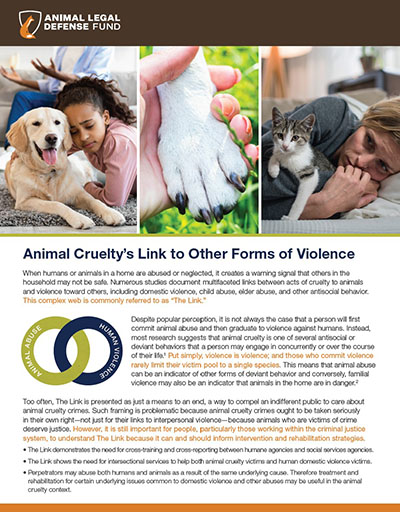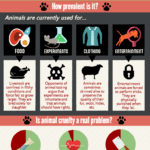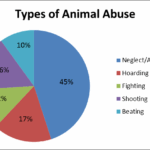In the intricate tapestry of moral philosophy, the question of whether individuals care more about cruelty to animals or to other humans has emerged as a poignant inquiry. It is a topic that elicits impassioned debates, revealing the dichotomies of human compassion. At first glance, one’s emotional response might seem straightforward, yet probing deeper unveils a labyrinth of ethical considerations, cultural influences, and evolutionary bonding mechanisms.
To draw a vivid metaphor, consider humanity as an immense garden flourishing with varied flora. Among these vibrant blooms, each flower represents a living being—human or animal. Some people may tend to the human flowers, nurturing them with water and care, believing that human lives hold greater intrinsic value. Others might find solace in the delicate petals of the animal flowers, championing their rights and combatting their suffering. Both groups cultivate compassion, yet they often squabble over whose flowers deserve more attention, neglecting a fundamental truth: all life possesses an intrinsic worth.
The anthropocentric worldview, which places human beings at the pinnacle of moral consideration, has long dominated societal values. This perspective allows for the compartmentalization of compassion, drawing blatant lines between ‘us’ and ‘them.’ As a result, instances of human suffering often evoke a visceral response. Abject poverty, war, and injustice pull at the heartstrings with an urgency that seems to drown out the cries of animals bound by the chains of cruelty. The tragedy of human-to-human violence garners widespread media attention, inspiring activism and mobilization.
In contrast, the plight of non-human animals is often relegated to the periphery of moral discourse. While isolated voices rise to advocate for animal rights, they frequently find themselves drowned in a cacophony of human crises. This difference in perception may be attributable to evolutionary psychology. For millennia, humans have survived through cooperation and social bonding. Consequently, this innate inclination towards altruism among kin and peers has led to a prioritization of human welfare.
Yet, one must not overlook the profound bond that many share with animals. Domestic companions, revered for their loyalty and companionship, instigate a warm glow of empathy across diverse demographics. The sad lament of a dog at a shelter or the haunting gaze of a mistreated cat can elicit a fierce response, driving individuals to advocate for change. This emotional attachment challenges the anthropocentric stance, beckoning us to question why some lives resonate more overtly with us than others.
To further complicate the moral landscape, the link between animal cruelty and human violence is an aspect that cannot be ignored. Numerous studies reveal a troubling correlation between the abuse of animals and broader patterns of antisocial behavior, including domestic violence and homicide. It paints a macabre portrait of a world where cruelty begets cruelty, where the suffering of the voiceless whispers echoes into the world of human depravity. The recognition of this link forces society to grapple with critical questions about moral responsibility and the implications of empathy extending beyond species.
As advocates for animal welfare raise their voices, insisting upon the recognition of sentient life across the ethereal boundaries that divide species, a new paradigm begins to emerge. This perspective invites an intersectional approach to compassion—advocating for both humanitarian and animal rights as disparate yet intertwined struggles for justice. In this rich tableau of empathy, we find that the plight of one, whether human or animal, is deserving of our concern.
Examining this moral comparison reveals another layer—the cultural narratives that shape our perceptions. In societies where hunting and animal agriculture are prevalent, the mainstream regard towards animals may be significantly diminished. Conversely, in cultures that view animals as sacred, they are revered, affording them a higher status within moral considerations. The intricate interplay between culture, ethics, and empathy reflects a dynamic landscape in which priorities align with societal norms—constantly shifting with the tides of time.
Despite these complexities, there shines a beacon of hope in the relentless advocacy for animal rights that has gained momentum in recent years. Public awareness campaigns, educational initiatives, and grassroots organizations have ascended, challenging the status quo and reshaping perceptions. Activists wielding the truth are akin to gardeners pulling weeds from the garden of morality, seeking to cultivate a more inclusive understanding of compassion that transcends species lines. The message reverberates: empathy is not a finite resource but rather an infinite reservoir capable of harboring love for both the voiceless and the downtrodden.
This burgeoning awareness allows individuals to expand their empathy, inviting them to consider the interconnected fates of all living beings. It is an invitation to explore the moral landscape anew, fostering a sense of kinship, extending beyond human-centric ideologies. The narrative of our lives is richly woven with the threads of shared experiences, be it the silent suffering of a farm animal or the cries of a child in distress.
In conclusion, the juxtaposition of empathy towards animals and humans unveils profound inquiries into the very essence of moral consideration. As societal awareness evolves, the conversation about cruelty encompasses all living beings, revealing a kaleidoscope of perspectives. Compassion need not be a zero-sum game where the amplification of one group diminishes the other; instead, it can be an expansive embrace, cultivating a garden that honors every voice—human and animal alike. No living creature deserves to become an afterthought in the pursuit of justice. In recognizing the intrinsic value of all life, we begin to stitch together a tapestry of love and advocacy that honors the complexities of our shared existence.







